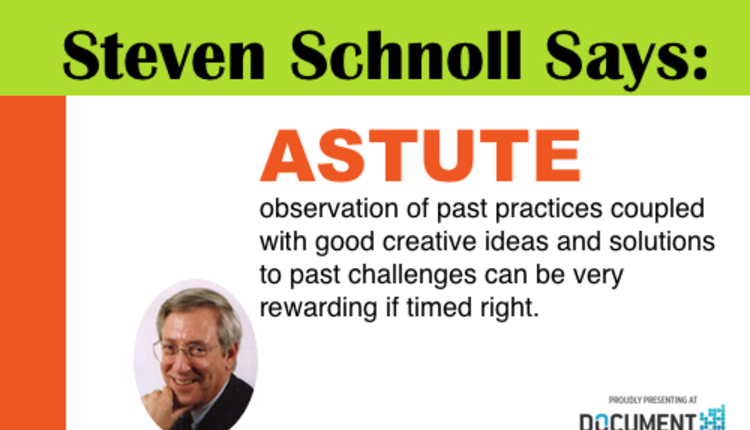
As we discussed in the first post about the Four Rights, the essential underlying tool is the need to develop an effective data collection strategy. Once we have some data patterns on our intended targets and have done the proper analysis of our audience, an organization can create compelling, personalized and relevant messages—to trigger a desired result.
I recently received a catalog from a travel company my wife and I have used in the past called Off the Beaten Path. They call themselves, "The World’s Best Travel Company for the Curious Traveler." We have used their services in the past and were very pleased. What caught my attention in this catalog were three catchy sentences:
“The time of your life—is now.”
“Experiences are the currency of an authentically rich life.”
“The key isn’t saving time, but spending it—with family and friends in ways that enrich your health, happiness, outlook and relationships.”
WOW! I enthusiastically related to this message.
The problem is this catalog came a few weeks ago and my wife was getting ready to throw it out, since it didn’t intrigue her. It caught my eye because it was lying on the top of the recycling pile, and I read how they addressed it: Steven Schnoll or Current Resident.
As a content marketer, that offended me. I think if we hadn’t used them in the past, the catalog would have wound up in the recycling bin even faster. This travel company planned a unique trip in Colorado visiting famous and not so famous places, all with fantastic accommodations that suited our requirements. Now, through weak relevant messaging, they have lost my attention. I think if they tailored the catalog to what our past experiences were, they would have gotten my attention. If they took the creative writing team and employed their talents more efficiently through a more personalized, oversized postcard that linked me to their website, they would have gotten my attention and maybe another trip.
But no, they sent a general catalog with no custom messaging of our past experience, and it wound up in the recycling bin. So what do we learn from this?
They have some great writing talent that is being underutilized. If they referenced our previous trip and listed some new trips that expanded on that, I would be more apt to do something with them.
Mr. Schnoll will be presenting on Tuesday, May 13, 2014 at the DOCUMENT Strategy Forum. Don't miss his Power Session P202/P203 “Building Your Converging Content Future Today: The Matrix of Processes, Technologies and Your Data Assets.” For more information on the DOCUMENT Strategy Forum, visit www.documentstrategyforum.com.

















